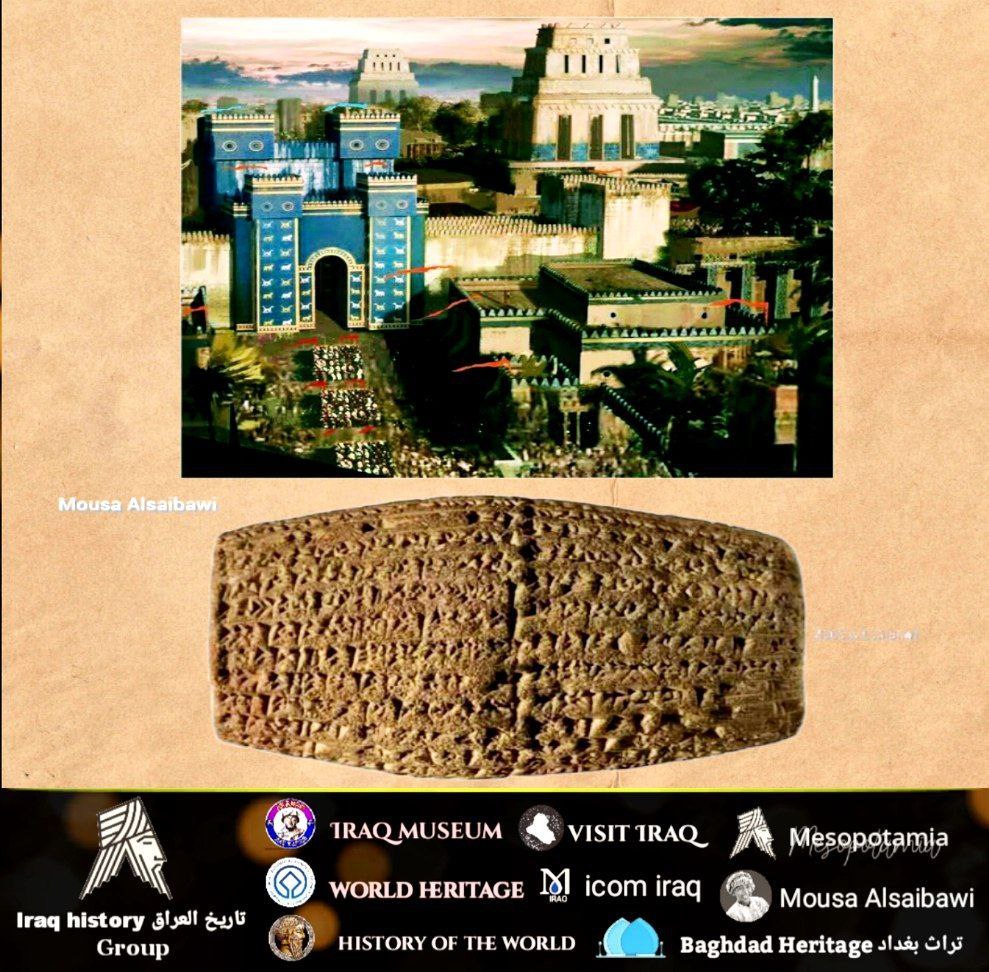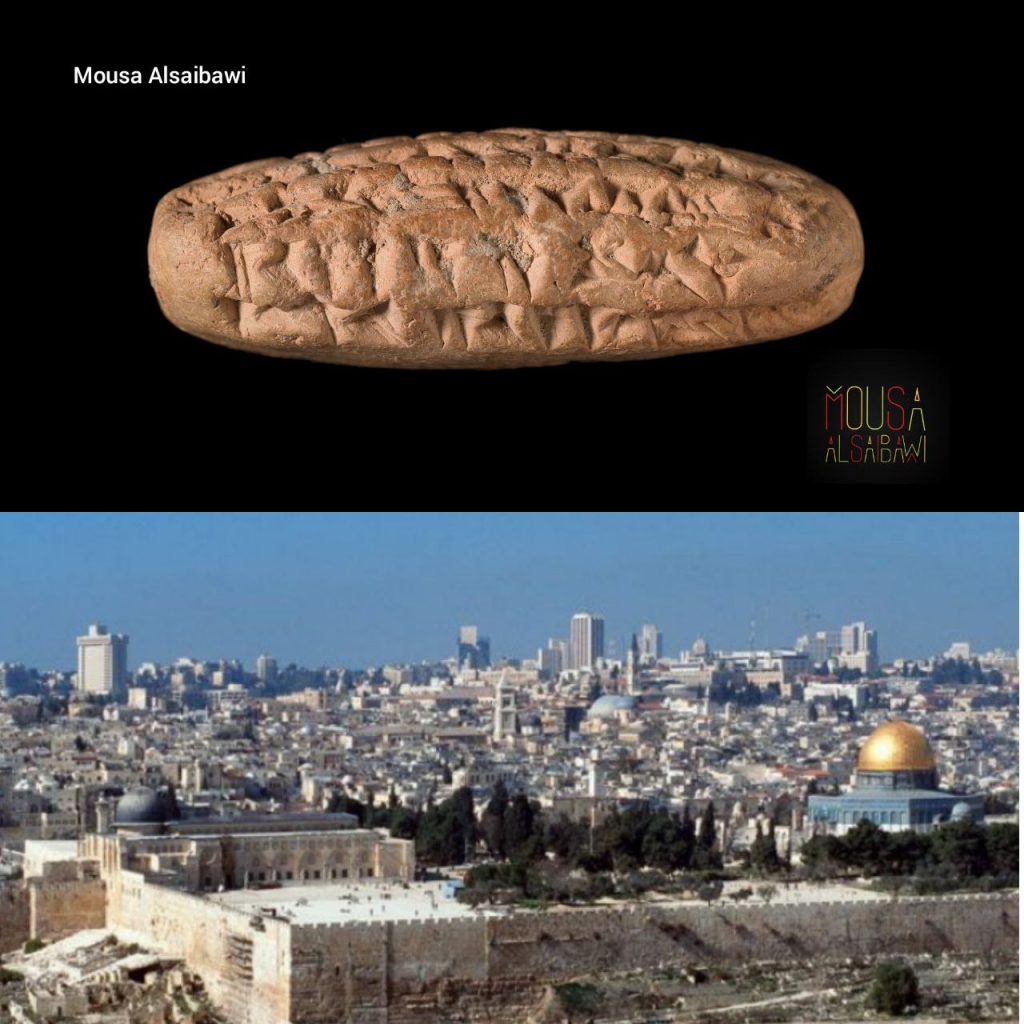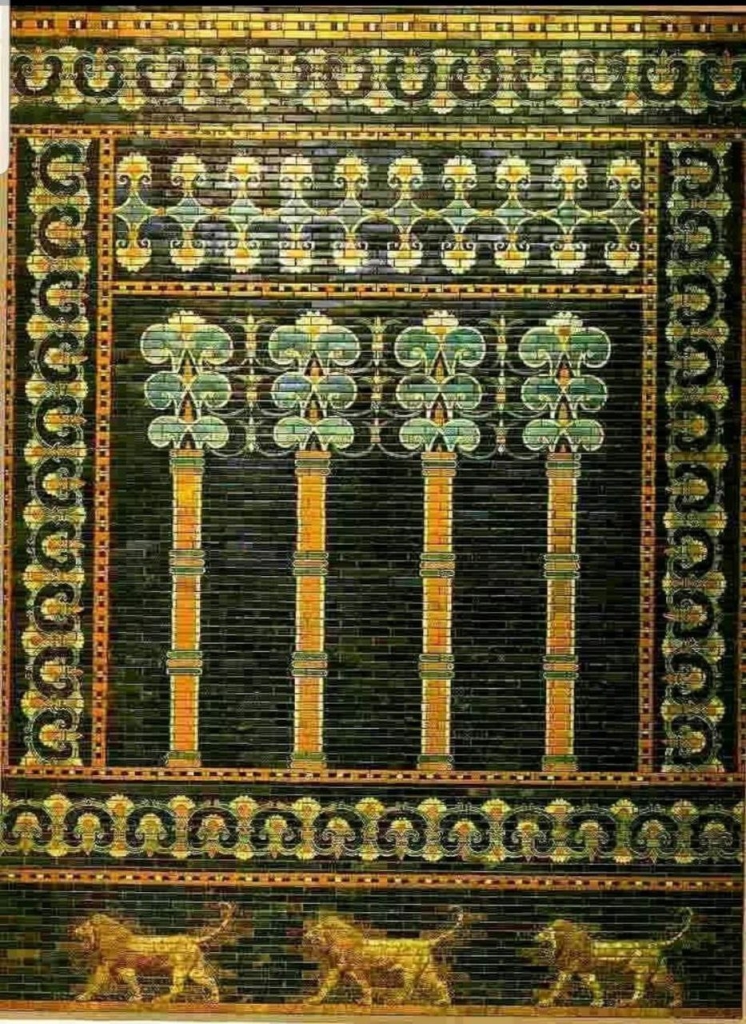Nabopolassar (626-605 B.C.)
was the founder of the Chaldaean or Neo-Babylonian Dynasty, and in collaboration with the Medes was responsible for the downfall of the As syrian Empire, which he shared with the Median king Cyaxares. Thereafter he devoted his attention to the rejuvenation of his country, and in particular to the reconstruction of the capital city Babylon, whose temples and walls he rebuilt. While his son Nebuchad nezzar was commanding the Babylonian armies near the borders of Egypt in 605 В.С., Nabopolassar died, and Nebuchadnezzar hastened back to be crowned king.
Nebuchadnezzar II (605-562 B.C.).
This illustrious king whose reign lasted 43 years, devoted his attention to building works, and especially to the reconstruction and beauti fication of Babylon. He rebuilt the central shrine of Marduk, Esagila, with its famous staged tower or ziggurrat called E-temen-anki. Among his other building achievements are the Ishtar Gate which was decorated with coloured glazed brick reliefs of lions, bulls, and the mythical dragon (mushrushu) symbolising Marduk, and the magnificent palaces, known respectively as the Summer Palace, the Northern Palace, and the Principal Palace, near which he erected the famous Hanging Gardens, for the pleasure of his wife Amytis, daughter of the Median Astyages. It was he who was therefore chiefly responsible for the restoration of Babylon after the ravages of the wars with Assyria, in parti- cular the wholesale destruction by Sennacherib. Most of the buildings of the city which were excavated at the beginning of the century by a team of German excavators (on behalf of the Deutsche Orient Gesellschaft) owe their existence to the activities of this illustrious king, whose great work of reconstruction also embraced all the main cities of Babylonia. He dug canals, built dams, and in addition turned his attention to relig ious reform, as evidenced by many texts recording hymns or prayers to Marduk. Under his rule Babylonian culture spread throughout the lands of the Near East, and despite competition from other religions, the worship of Marduk achieved a wide popularity.

Cuneiform cylinder inscription of Nebuchadnezzar II describing the construction of the outer city wall of Babylon iraq Mesopotamia ca. 604–562 B.C.
“I built a strong wall that cannot be shaken with bitumen and baked bricks… I laid its foundation on the breast of the netherworld, and I built its top as high as a mountain

Clay tablet with six and one and four lines of inscription Late Babylonian administrative The tablet gives the name and title of a high ranking Babylonian officer Nabu-sharrussu-ukin who according to Jeremiah was present at the historic siege of Jerusalem in 587 BC with King Nebuchadnezzar II himself
Authority Neo Babylonian Dynasty mesopotamia Iraq

British Museum Mesopotamia Inscription, Late Babylonian, 605-562 BC
‘Nebuchadnezzar, king of Babylon, the exalted prince, the favourite of the god Marduk, the beloved of the god Nabu, the arbiter, the possessor of wisdom, who reverences their lordship, the untiring governor who is constantly anxious for the maintenance of the shrines of Babylonia and Borsippa, the wise, the pious, the son of Nabopolasser, king of Babylon, am I.’
Nebuchadnezzar’s building projects at home did not of course distract him from his military duties. In the north of Babylonia he was probably responsible for a massive forti- fication wall from river to river, to protect the country from any incursions. In the west the previously subjugated cities and states of Palestine, Syria, and Phoenicia showed signs of unrest, and under the instigation of the Egyptian Pharaoh the Kingdom of Judah proclaimed its rebellion. But Babylon’s retaliation was swift and sure: Nebuchadnezzar mustered a strong force, and after taking Jerusalem carried off its king Jeholachim together with 10,000 inhabitants to captivity in Babylonia. After this first large scale deportation in 597 B.C., the area was quiet for some 10 years, but then another revolt, led by Zedekiah, King of Judah, was staged against Babylon. On this occasion Nobuh chadnezzar determined to suppress all possible resistance, and the revolt was met with drastic measures, including the destruction of the walls of the city of Jerusalem, and the pillaging of the Temple of Solomon, whose treasures were carried back to Babylons He then inge of the of Solomeportation, driving some 40,000 Jewish captives into exile in Babylon, Kish, and Nippur.
After the death of Nebuchadnezzar in 562 B.C. he was succeeded on the throne by his son Awel-Marduk. It seems that he was a weak and unsatisfactory ruler, and during the two years of his reign he angered the priesthood by limiting their powers while ac cording freedom of worship to the Jewish exiles. Consequently the priesthood revolted against him, overthrew him, and in his place installed one of his relatives, Neriglisser (Nergal-shar-usur). He only survived to reign for four years, during which he profited from the support of the priesthood, especially from the Nabu temple at Borsippe, and his son, who should have succeeded him, was murdered while only a child.
Nabonidus (Nabu-nald, 556-539 B.C.) was then raised to the throne. He seems to have been a wise and pious old man, possibly of Aramaean origin. Perhaps for this reason he accorded Aramaean preference in the administration, and although he rebuilt several temples in Babylonia, he aroused the enmity of the priesthood there because of his adherence to the cult of the god Sin of Harran, whom he seems to have esteemed higher than Marduk himself, and whose temple in Harran it was his cherished dream to restore. Evidence of his building work in Babylonia is provided by large amounts of bricks bearing his name, which have been found at the sites of Ur, Warka, Nippur, Kish, and Babylon. He was especially fond of investigating the foundations of the temples he restored, in order to find building inscriptions or foundation deposits of earlier rulers, and discover the earlier names of the temple and its founder. Usually he would add his own name to such documents before beginning the new building.
After various military operations in Syria, which enabled him to begin the resto- ration of the Sin Temple at Harran, Nabonidus undertook a campaign to the city of Tema, in an oasis some 1,000 km. southwest of Babylon, and there he settled per- manently, leaving the administration of the state in the hands of his son Bel-shar-usur (Belshazzar), who was unable to maintain the military strength of the state and allowed the empire to fall into decadence. As a result of Nabonidus absence in Tema, the traditional New Year Festival at Babylon could not take place, and this disregard of the sacred rites of Babylon further served to incite the opposition of the priesthood. Finally Cyrus, who had succeeded in welding the rival Medes and Persians into one people and extending his dominion over Asia Minor as far as Lydia as well as all
of northern Iran, moved against Mesopotamia. He came down on Babylonia, taking the cities of Opis and Sippar, and in 539 B.C. he laid siege to Babylon, which was shortly taken without bloodshed. On his entry into the capital city, Cyrus hastened to offer gifts and make sacrifices to the national god of Babylon, Marduk, and to let it be seen that he worshipped him. His religious tolerance was also shown by his granting of free dom to the Jews to return to their own land.
So perished the Neo-Babylonian Empire, and now a series of foreign dynasties governed Mesopotamia until the Arab-Islamic conquest. We shall give below a con- densed account of the rulers who controlled Iraq up to the advent of Islam.

The reassembled Throne Room facade from Nebuchadnezzar II’s
Babylon dating to around 600BC, as reconstructed , complete with Babylonian Lions Germany





The Ishtar Gate of Babylon as seen at the Pergamon Museum in Germany
Faraj Basmachi + Harvard University + British Museum + Iraq Museum + Louvre Museum + University of Chicago


